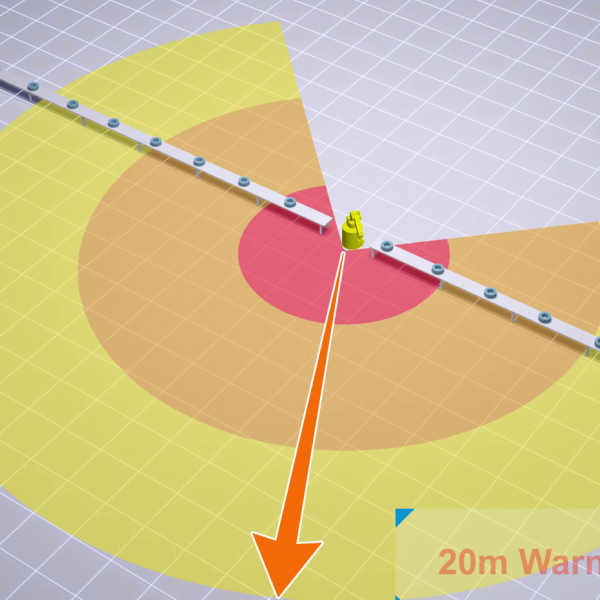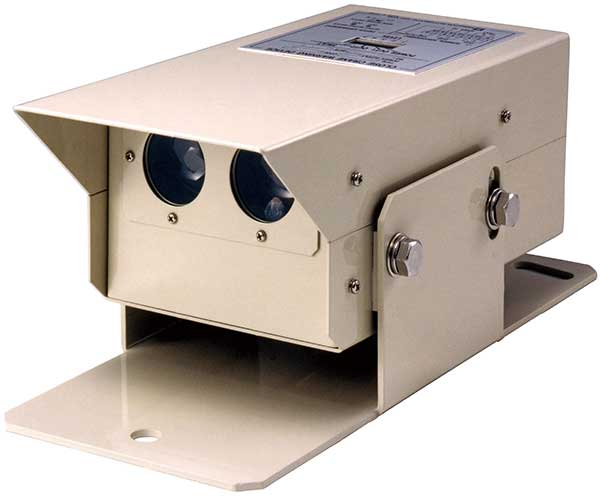Complete runway detection for protecting property, equipment, and workers.
Are you looking for a close crane warning solution or other sensor technology to boost the performance and efficiency of your warehouse or manufacturing plant? Hokuyo has you covered. Our crane collision avoidance systems are second to none, and you can feel confident when you choose to work with us that your workforce and equipment are safe and secure. Our crane sensors are designed to detect collisions before they happen, which can help to prevent disastrous calamities and costly shutdowns. View our infrared retro-reflective and laser-based solutions below or contact us today for more information about our sensor technologies. We're available to answer any questions you may have.
Crane Collision Avoidance Sensor FAQs
Cranes operate in environments with high risk: overhead beams, other cranes, human workers, and fragile loads. Collision avoidance sensors help reduce accidents, improve operator awareness, and extend equipment life - ensuring safer and more efficient operations.
These sensors continuously scan the crane’s path using laser beams. When an object enters the programmed detection zone, the sensor calculates the distance and sends a signal to slow, stop, or alert the operator before a collision occurs.
- Overhead cranes in warehouses and factories
- Gantry cranes in ports and shipyards
- Tower cranes on construction sites
- Bridge cranes handling heavy loads indoors
Basically, any crane that operates in tight, shared, or high-traffic environments can benefit.
Ranges vary by model, but advanced sensors can detect objects up to 120 meters away, with high accuracy for both long-distance monitoring and close-quarter operations.
By reducing human error, downtime, and repair costs. Operators can focus more on precision handling while sensors take care of safety, creating smoother workflows and fewer unexpected stoppages.
Proximity alarms only warn the operator.
Collision avoidance sensors go further, actively commanding the crane to slow or stop when a hazard is detected.
Yes. Many models are IP-rated for dust, rain, and extreme temperatures. Some also include spatial filtering to handle outdoor conditions like fog, mist, or glare from direct sunlight.
Yes. Crane collision avoidance sensors can be connected to existing VFDs, PLCs or controllers, enabling automatic slow/stop commands or alarms. They can also work as standalone systems with relay outputs.
Yes. By mounting sensors on multiple cranes, each crane can detect and react to the presence of another in shared workspaces—reducing risk in busy port terminals or multi-crane facilities.

 Factory Automation
Factory Automation Logistics Automation
Logistics Automation Process Automation
Process Automation Crane Collision Avoidance
Crane Collision Avoidance LiDAR/Obstacle Detection
LiDAR/Obstacle Detection Safety Laser Scanners
Safety Laser Scanners Optical Data Transmission
Optical Data Transmission Hot Metal Detectors
Hot Metal Detectors Laser Distance Sensor
Laser Distance Sensor Blog
Blog Whitepapers
Whitepapers Case Studies
Case Studies Infographics
Infographics

